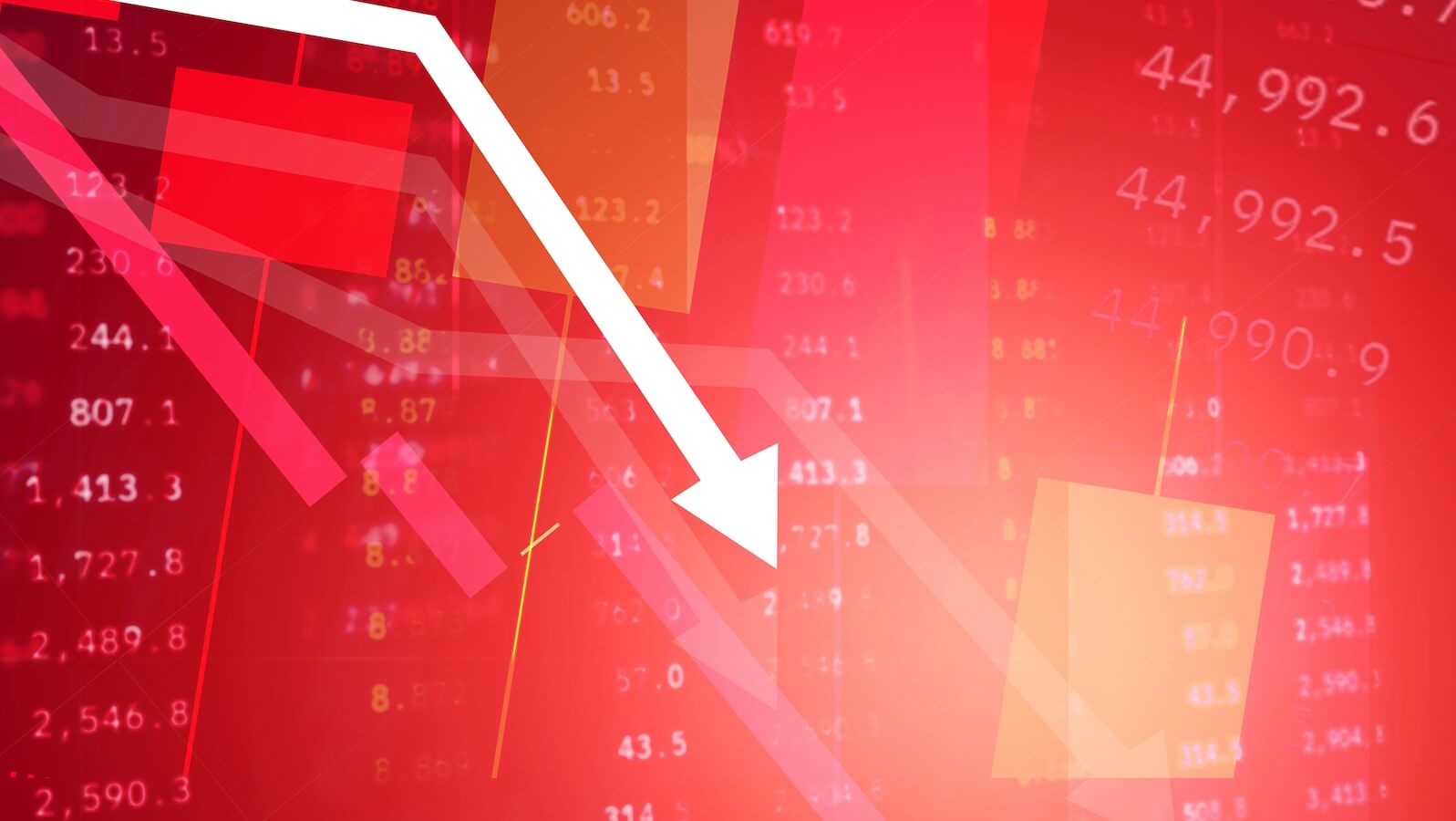 I am not sure why there are so many vague and totally subjective analysis techniques that have become part of technical analysis. Probably because the main stream Wall Street and their marketing department, academic finance, does not follow technical analysis like they do the accepted rubbish from the ivory towers. Early in this WHY series I tried to be convincing that technical analysis’ basic premise is the analysis of price; price that is determined in the auction marketplace.
I am not sure why there are so many vague and totally subjective analysis techniques that have become part of technical analysis. Probably because the main stream Wall Street and their marketing department, academic finance, does not follow technical analysis like they do the accepted rubbish from the ivory towers. Early in this WHY series I tried to be convincing that technical analysis’ basic premise is the analysis of price; price that is determined in the auction marketplace.
As I have stated earlier (many times in fact) I believe technical analysis is much more art than science; the science part is more related to the process of research than the actual analysis. A lot of esoteric analysis(?) has attached itself to technical analysis, probably because they involve numbers or charts. A few have reached an almost religious state among its followers. Before moving forward with this section, I adamantly want to state that with technical analysis being essentially an art; then almost anything goes as long as the user is comfortable with it. Bottom line is that if it works for you, go for it. I guess the engineer in me wants to ensure the methods I use are based upon sound and reasonable principles and at most, don’t violate any principles of analysis that I believe in. Isaac Asimov was one of my favorite authors, scientists, and researchers. In an article entitled, The Relativity of Wrong, he used the curvature of the Earth to help explain how differences in perceived facts should be held.
“When people thought the Earth was flat, they were wrong. When people thought the Earth was spherical, they were wrong. But if you think that thinking the Earth is spherical is just as wrong as thinking the Earth is flat, then your view is wronger than both of them put together. The basic trouble, you see, is that people think that "right" and "wrong" are absolute; that everything that isn't perfectly and completely right is totally and equally wrong.” - Isaac Asimov
Let me point out one of my favorite esoteric processes that I for the life of me cannot understand why it is part of technical analysis; at least not the part that trades with real money.
Fibonacci Numbers
Please be seated! Often a simple mathematical series of numbers can sometimes get misinterpreted (promoted) to be something magical. My personal favorite sequence is 6, 28, 496, 2520, 8128, and 24601. I’ll explain them at the end of this section. Personally, I see no value in the actual numbers that make up the Fibonacci series; a series developed by an Italian mathematician (Fibonacci) in the thirteenth century to help understand the propagation of rabbits. First I must say that I do see minimal value in the ratio of the numbers that are expanded in a Fibonacci-like series (0, 1, 1, 2, 3, 5, 8, 13, 21, 34, 55, 89, …). That ratio is 0.618 (and its reciprocal is 1.618), often called the golden ratio because of its wide occurrence in nature; usually with a jaundiced eye. Here is a fact: the actual numbers in the Fibonacci series have nothing to do with the ratio. Any two numbers expanded in the same manner will produce the same ‘golden’ ratio. Here is a test: Try it with 2 and 19 (note that 19 is not in the supposed series). Add them together, and then add the total to the previous number just like in the Fibonacci series (2+19=21, 19+21=40, 21+40=61, etc.). Expand this until you get to four digit numbers so that the accuracy will be acceptable (2, 19, 21, 40, 61, 101, 162, 263, 425, 688, 1113, 1801, 2914, 4716, …). The last two numbers in this sequence are the two numbers that I will use for this example: 2914 and 4716. Now divide the first number by the second number and you will get 0.618. Wow! This is exactly the same as with the value obtained using the Fibonacci series of numbers. So why did I pick 2 and 19 for this example? Hint: the second letter in the alphabet is B. What is the nineteenth letter? S. BS! And that is what numerology is all about.
(1±√5)/2 This is the Fibonacci formula.
I can find no source that explains why the series of Fibonacci numbers begins at zero. Fibonacci himself, started with 1. Zero existed back then but wasn’t widely used in mathematics. If I were tasked with mathematically identifying the propagation of rabbits, I think I would at least have to begin the series at 2. I suspect Fibonacci was considering pairs of rabbits which validates his beginning with 1. The fact of the matter is that the series can begin anywhere, even negative numbers as long as the expansion follows the correct formula which is 1 plus the square root of 5, all divided by 2. So, when you hear someone say they are going to use a 34 day moving average because 34 is a Fibonacci number, you can immediately begin to doubt the rest of their analysis. Nothing is wrong with using 34, it is their reason that is flawed. Just so you know I’ll repeat this; the Fibonacci expansion of one plus the square root of five divided by 2 will work with any two numbers, even negative numbers. Sorry, no magic here, just numerology.
Personally, I like the series 6, 28, 496, 2520, 8128, and 24601. In that series of numbers 6, 28, 496, and 8128, are known as perfect numbers; this means the sum of their divisors (other than the number itself) is also equal to the number. For example: 6 = 1 + 2 + 3, and 28 = 1 + 2 + 4 + 7 + 14. I like 2520 because it is the smallest integer than is divisible by all integers from 1 to 10 inclusive. Finally, I like 24601 as it is the prisoner number of Jean Valjean from Victor Hugo’s Les Miserables. Incidentally, 24601 has prime factors of 73 and 337. I like these numbers solely for their mathematical uniqueness; and like many number sequences, they have absolutely no use in technical market analysis. Possibly Keno!
As far as the religion of Elliott Wave theory goes, there are often so many complications and conditions introduced into using this type of analysis, that it is incapable of being proved wrong. Sometimes I think it gets adjusted more often than earnings estimates. However, it is always convincing to align the workings of the market with what appears to be pure mathematics. After this withering analysis of Fibonacci I’m sure some will disagree and some might even be offended. You shouldn’t because technical analysis is an art. It is NOT science. I plan on more WHY articles on the Esoteric area if technical analysis so stay tuned.
Trade with Knowledge,
Greg Morris






